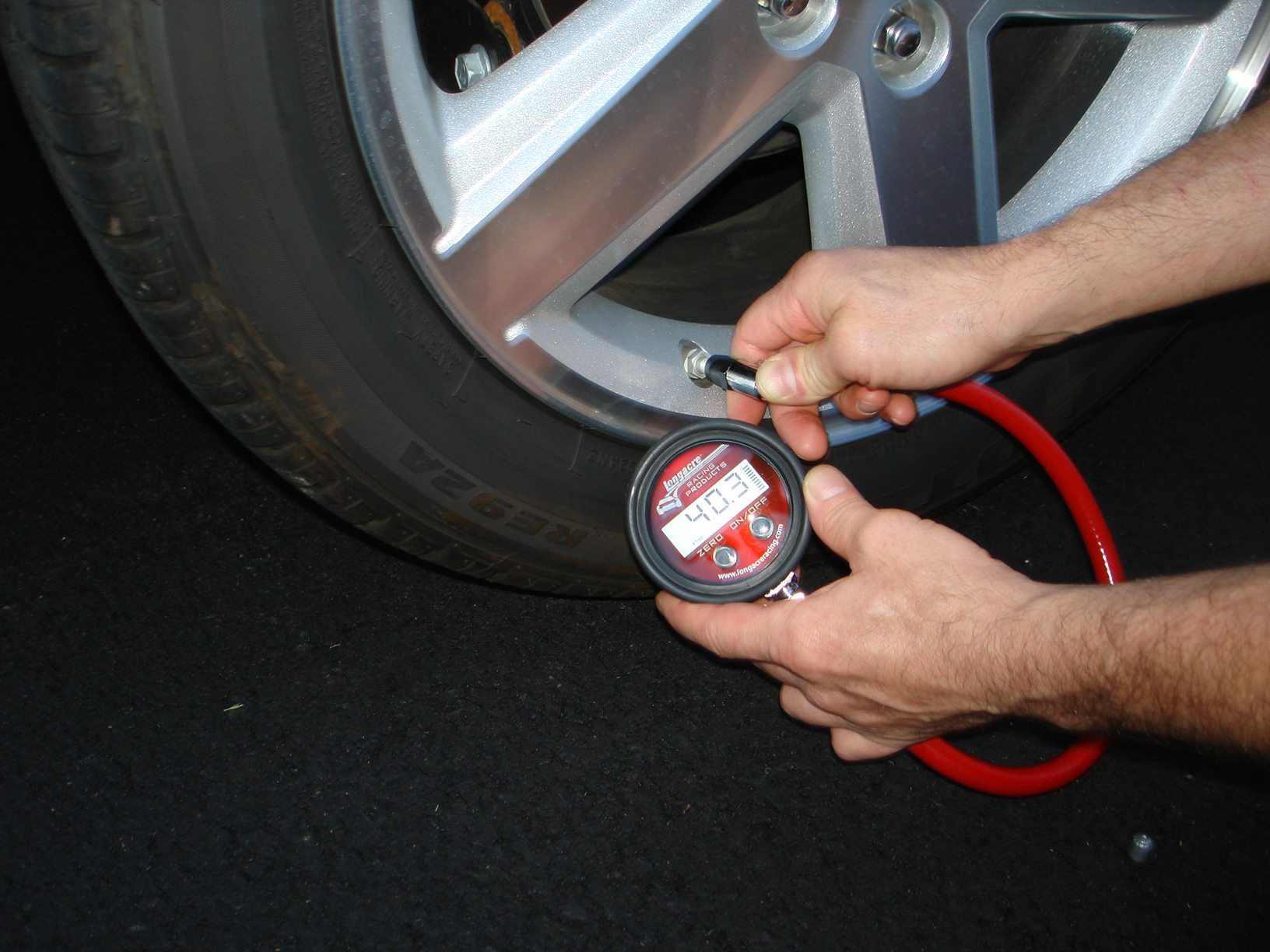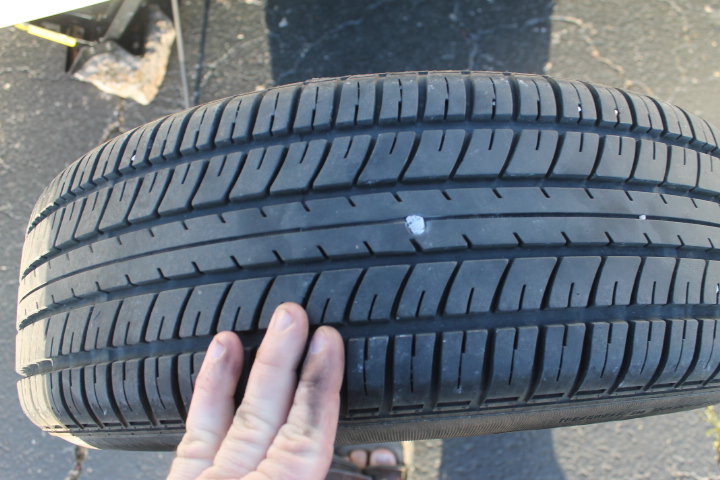Dodge Ram: Tire Diagnostic Guide
This tire diagnostic guide covers everything you'll need to know about properly maintaining the tires on your Dodge Ram.
This article applies to the Dodge Ram (1994-present).
You've had your Dodge Ram for some time now. It runs smoothly, but you've started to notice the occasional noise while you drive, and sometimes your truck's fuel economy seems to take an unexpected dip. You could be dealing with a faulty tire. Using common (and inexpensive) diagnostic tools, you can troubleshoot your tires and resolve the problem right from the comfort of your own home garage. For more complex issues, it's recommended that you visit a local Dodge Ram dealership for professional assistance. It's also recommended you do these maintenance tips often, even if you don't have a problem, which allows you to prevent problems in the near future.

Materials Needed
- Tire gauge
- Depth gauge
- Caster/camber bolt kit (optional)
Step 1 – Check the tire pressure light
It might be warning you to take immediate action.
A variety of occurrences could cause your tire pressure light to display on your dashboard, including low tire pressure, excessive tread wear, and a malfunctioning wheel sensor(s).
- Grab a tire pressure gauge and check your truck's tires.
- Add or remove pressure as needed.
- Using a depth gauge, check your tire's tread.
- Signs of excess wear could be an indication that it's time to purchase a new set of tires for your truck.

Pro Tip
Visit a local Dodge Ram dealer to have your wheel sensors checked.
Step 2 – Check for signs of pulling
Your alignment might be off.
If your truck pulls to one side while you steer, you most likely will need to have your wheels aligned by a certified mechanic.
- Unless you have the tools and are skilled in properly aligning your truck's wheels, it's recommended that you visit a local tire shop to have your wheels professionally aligned.
- The cost for wheel alignment is generally around $40-100.
- It's common to find local automotive service shops that will include a free wheel alignment service with an oil and filter replacement package.
- A DIY front caster/camber bolt kit, including hardware, could cost you approximately $25 to $35 online; however, the process isn't easy.

Step 3 – Inspect tires for loss of air
They might be punctured.
If your tires are slowly losing air, the most likely culprit is a nail or other blunt object that has become lodged in the rubber.
- Jack up your truck using a jack stand and check each tire for signs of a puncture.
- Unless you are comfortable removing the blunt object and then sealing the hole using a premium quality tire sealant, it's recommended that you visit a local tire shop to have the tire repaired by a certified mechanic.
- If you choose to repair the tire on your own, you have a few options, including the use of plugs, patches and tire sealants.

Pro Tip
A variety of short and long-term tire repair products are on the market. Read each product description carefully.
Step 4 – Check tires for uneven wear
They might be aging or wearing unevenly.
Uneven wear is generally the result of having had too infrequent tire rotation services performed.
- Poor tire alignment can lead to a variety of damages, including cracked treads and bald spots.
- Have a certified mechanic determine if it's safe to continue driving on your current tires.
- If advised by the certified mechanic, purchase a new tire. It's recommended you change two tires at a time. Front with front and back with back.
- If the damage is minimal, a temporary fix would be to swap out your rear tires with your front tires, and vice versa.

Step 5 – Pay attention to signs of squealing or tire thumps
You may be experiencing one of many issues.
Squealing and tire thumps could be the result of poor alignment, tread damage, a loose wheel bearing, low tire pressure or simply tires that have not been used in a while.
- Start by checking your tire pressure.
- Next, inspect the condition of each of your tires.
- Finally, check each tire for a loose or bad wheel bearing; you might want to have a certified mechanic carry out this check.
- It's recommended that you also check for signs of a warped rotor.
- Visit a local tire shop for additional diagnostic work.
Related Discussions
- Thump Sound When Braking - Dodgeforum.com
- Tire Wear After Alignment - Dodgeforum.com
- Uneven Tire Wear - Dodgeforum.com






